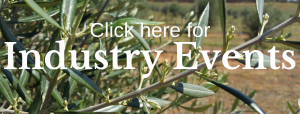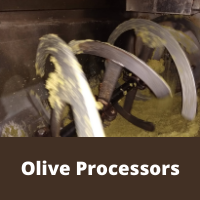Since early 2024, the Biosecurity Planning team at Plant Health Australia (PHA) has successfully completed biosecurity planning projects and developed resources for nine Australian horticultural industries – apple and pear, berry, citrus, cotton, lychee/papaya and passionfruit, production nursery, rice, sugarcane and tree nuts. They’re working on resources for more plant industries in 2025, including ginger, pineapples and olives.
These planning projects aim to maintain the industry’s knowledge of current and emerging biosecurity threats and develop new resources to improve their biosecurity preparedness. By proactively identifying risks and developing strategic plans, biosecurity measures help prevent the introduction and spread of harmful pests and diseases.
PHA engages with Member industry organisations and other industry partners on a rotational basis to develop, review, and update key documents. This includes delivering biosecurity plans, biosecurity manuals and other extension resources to best reflect evolving threats, knowledge, practices and industry needs. These resources support industries in identifying and addressing their most significant biosecurity threats.
Developing an effective Biosecurity Plan requires a collaborative approach between PHA, industry, and government. This enables experts to review emerging risks, evaluate current biosecurity efforts, and discuss future needs to improve biosecurity preparedness.
You can read more about the Biosecurity Planning team’s work here, and find out all about the Olive Biosecurity Plan project in the March edition of R&D Insights here.



